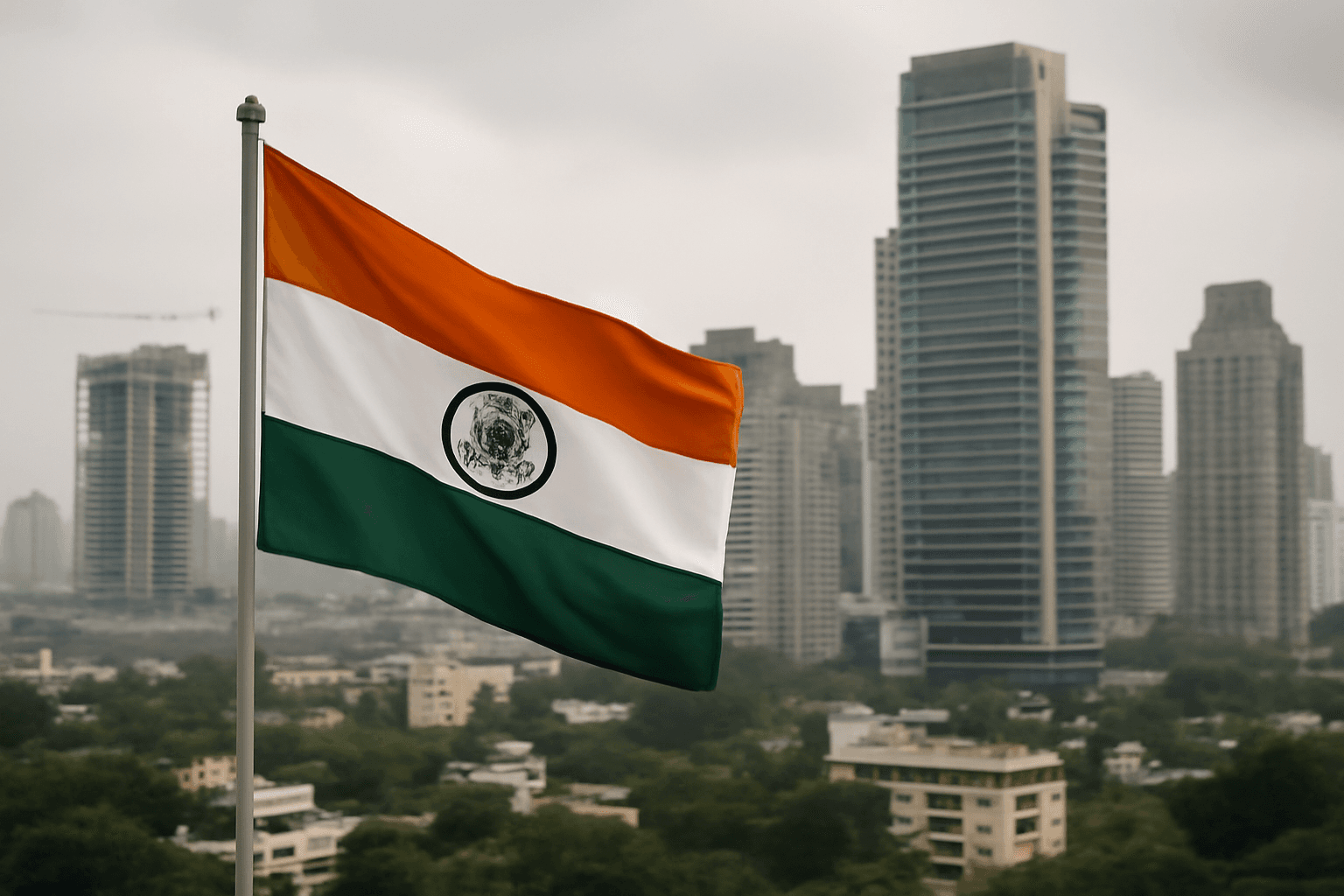Pakistan’s Public Debt Hits Unprecedented High
Pakistan’s total public debt has surged to a staggering PKR 76 trillion, doubling from just four years ago, according to the latest Economic Survey 2024–25. This alarming increase highlights the deepening fiscal crisis that the country faces amid escalating economic challenges.
Debt Growth Raises Alarms
The Economic Survey reveals that Pakistan’s debt has nearly doubled since 2020–21, jumping from PKR 39,860 billion to PKR 76,007 billion. To put this into perspective, the debt has grown almost fivefold compared to a decade ago, when it stood at PKR 17,380 billion.
Of this total debt, the domestic portion accounts for PKR 51.5 trillion, while external debt makes up PKR 24.5 trillion. The ballooning debt raises serious concerns about the country’s long-term fiscal sustainability and economic stability.
Worrying Economic Implications
The report warns that poorly managed debt can have severe repercussions, including rising interest payments and erosion of economic credibility. This pressure could jeopardize Pakistan’s ability to meet its financial obligations and hamper its growth prospects if not addressed urgently.
Government’s Response and Current Status
Finance Minister Muhammad Aurangzeb acknowledged the challenges but offered some optimism during a media briefing. He pointed out that Pakistan’s public debt-to-GDP ratio has decreased slightly, from 68% to 65%, signaling a modest improvement.
As of June 30, 2024, foreign exchange reserves rebounded to $9.4 billion, a significant recovery from the previous year when reserves barely covered two weeks of imports. Measures to ease monetary pressure have also been taken, reducing the policy interest rate from a peak of 22% in 2023 to 11% at present.
Additionally, Pakistan has secured $1.03 billion under the IMF’s Extended Fund Facility, which remains critical in staving off default and stabilizing the economy.
Leadership Highlights Struggles and the Road Ahead
Prime Minister Shehbaz Sharif has been transparent about the difficulties facing Pakistan, openly acknowledging the stigma attached to the country’s persistent reliance on international aid. He remarked, “When we approach friendly nations today, they perceive it as us begging for money.”
Sharif further reflected on Pakistan’s economic standing compared to other countries, emphasizing that smaller economies have outpaced Pakistan despite decades of effort.
Looking Forward: The Challenge of Reform
With debt climbing to unprecedented levels and investor confidence fragile, Pakistan confronts a critical juncture. Comprehensive fiscal reforms and prudent economic management will be essential to reversing the current trends and restoring long-term stability.
- PKR 76 trillion total public debt as of 2024–25
- Debt doubled since 2020–21 (PKR 39,860 billion)
- Domestic debt: PKR 51.5 trillion
- External debt: PKR 24.5 trillion
- Forex reserves: $9.4 billion as of June 2024
- Policy rate reduced from 22% to 11%
- IMF funding of $1.03 billion secured











